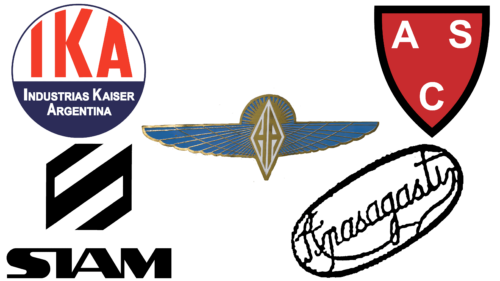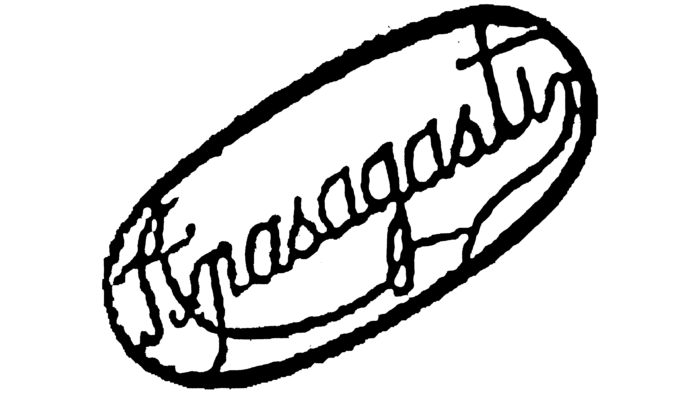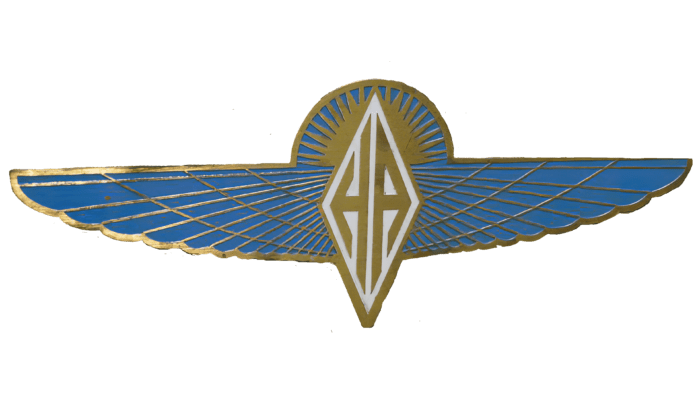The first automobile in the country was created in 1912 by Horacio Anasagasti in Buenos Aires. And its successes in this field almost a century ago are already a thing of the past. Constant political and economic crises in the country have caused the practical absence of its automobile industry. All factories are owned by large foreign concerns and corporations. Attempts to create their own products have not been successful.
In the 60s of the last century, Argentina managed to start producing its own original sports cars, but this endeavor was quickly closed. Today, there is one national manufacturer in Argentina – ASA. Its products are focused only on making custom replicas of successful sports models of past years. Together with Brazilian Agrale, the VLEGA Gaucho army SUV is produced.
Anasagasti
Anasagasti is the first automobile company in Argentina. It was founded in 1909 by Horacio Anasagasti and is located in Palermo (Buenos Aires). Its first car was the Anasagasti 12CV of 1912, and in 1914, the sporty Anasagasti 15CV was produced. However, the production could not compete with Ford, which offered cheaper cars on the domestic market. In 1915, the brand went bankrupt. Its emblem was in the shape of a circle, in which a smaller one representing a shield was placed. In its upper part was a six-pointed star. On the circumference of the large inner circle were inscribed the name of the founder and the name of the founding city.
Andino
In the history of the Argentine automobile industry, the name Andino can be found – the name of a small car company founded in 1967 in Buenos Aires. The only car that brought it fame was the Andino GTA 1 coupe, the first series of which was produced until 1970, and the second, with a Renault engine, was launched in 1976 and produced until 1978 when the brand was closed. The car was assembled by hand and competed with well-known brands. The brand logo was placed on the engine compartment lid. It represented the full name of the brand, made in a font resembling a handwritten inscription.
Hispano-Argentina
Hispano-Argentina is a diversified Argentine company founded in 1925. Carlos Ballester and Eugenio Molina in Buenos Aires. The company was engaged in the production of more than just automobiles. The automobile division was called HAFDASA. The bus was the first fully assembled from components of Argentine production. Among the famous models of the brand are a two-seater car, D3 Record, a truck, Criollo Grande 6 x 6, and a prototype of a passenger car, El Redondo. The brand ceased to exist in 1953. The company logo was made in the form of unfolded wings, and a rhombus of stylized letters H and A. Above it was a symbol of the rising sun.
IKA
Industrias Kaiser Argentina SA was founded in 1956 as a joint venture with Kaiser Motors and headquartered in the province of Cordoba, Argentina. The brand became famous for its particularly popular Torino model. Under this brand, serial models Kaiser-Jeep and American Motors, Rambler Classic, and Ambassador were produced. In 1970, Industrias Kaiser stopped production of cars, transferring IKA to its partner Renault. This was the end of the history of the brand. The emblem of the brand had the shape of a circle, divided horizontally into two parts. In the upper part, the abbreviation of the brand name was printed in red color. In the lower part, on a blue background, in white letters, was written the full name.
Siam Di Tella
Argentine production brand Siam Di Tella is known for its diversified production, in which a certain place was occupied by the manufacture of cars. Founded in 1911, Torcuato di Tella was based in Buenos Aires. The car dealership was opened after government measures were taken to ban the sale of foreign cars. The Siam di Tella 1500 model was produced under license. It was followed by the Traveler station wagon, Argenta pickup truck, and the popular Magnette model. In 1966, the brand went bankrupt. Its logo became a stylized letter S, made in the style of Gothic symbols.








